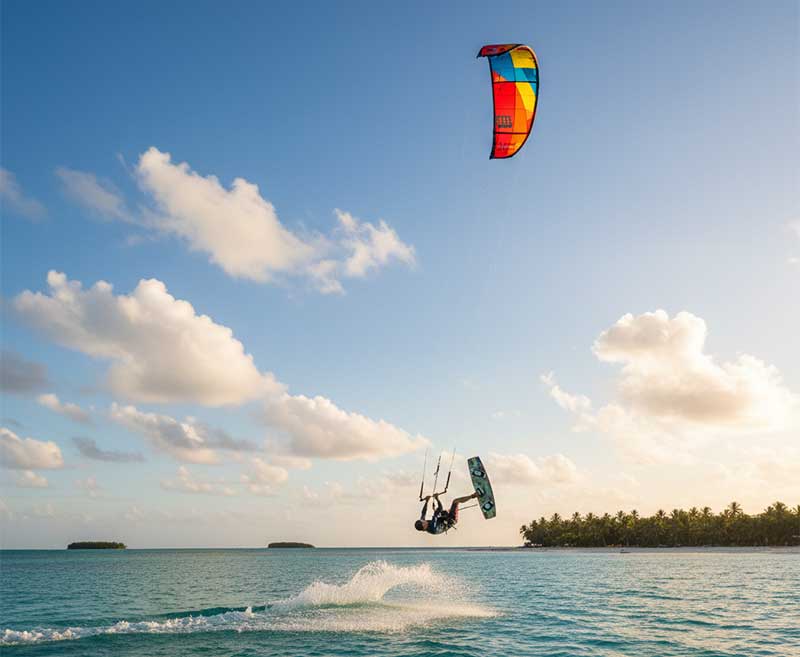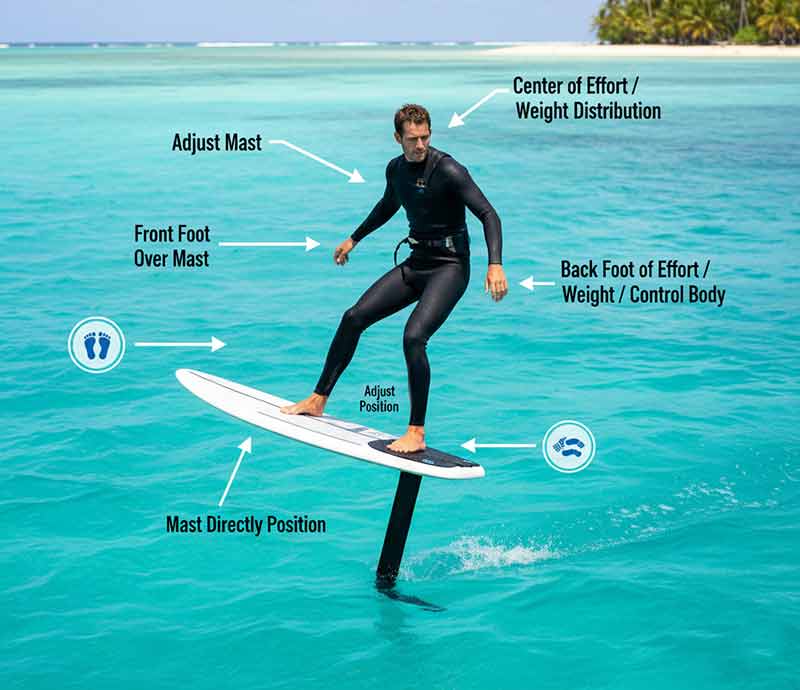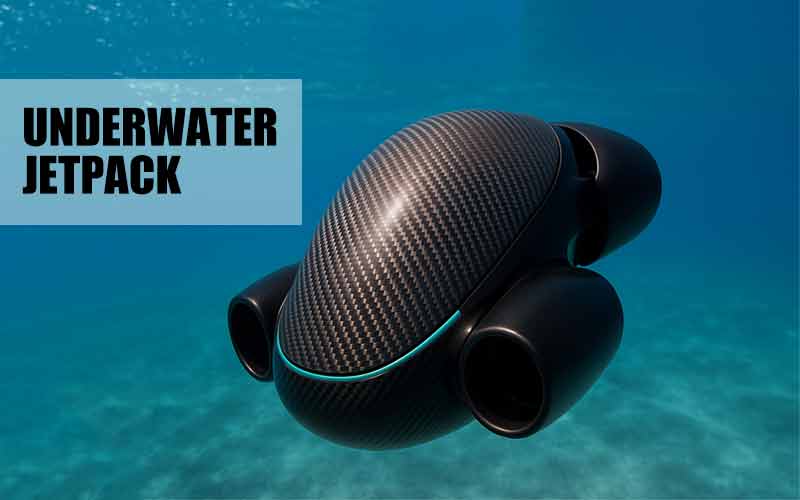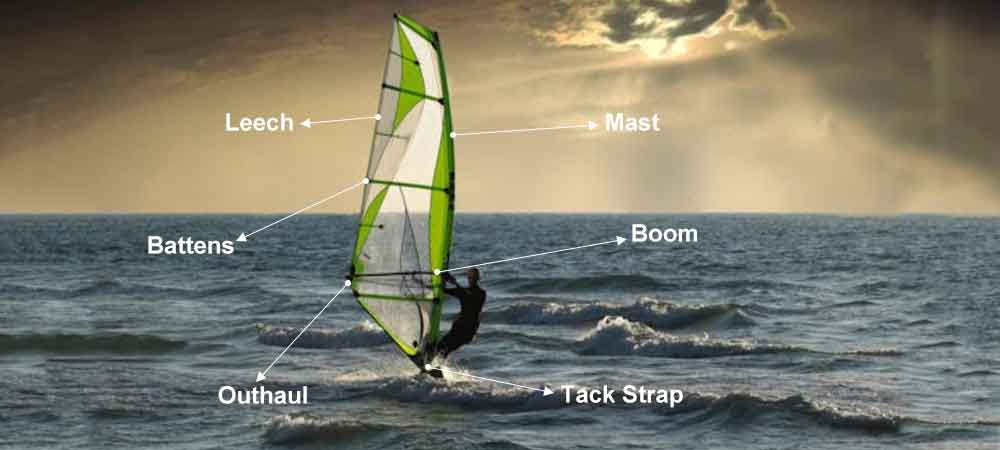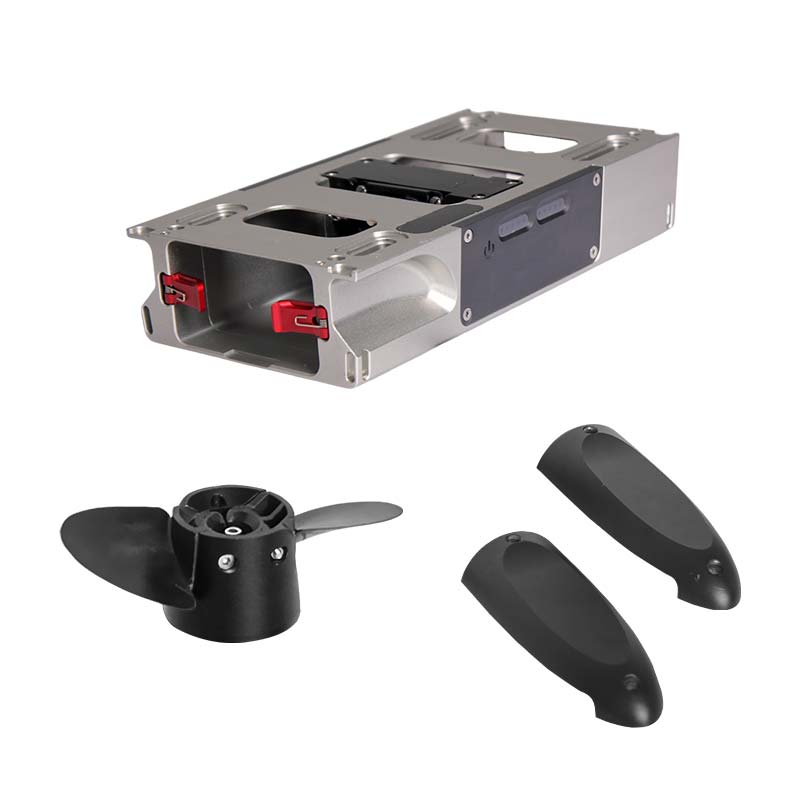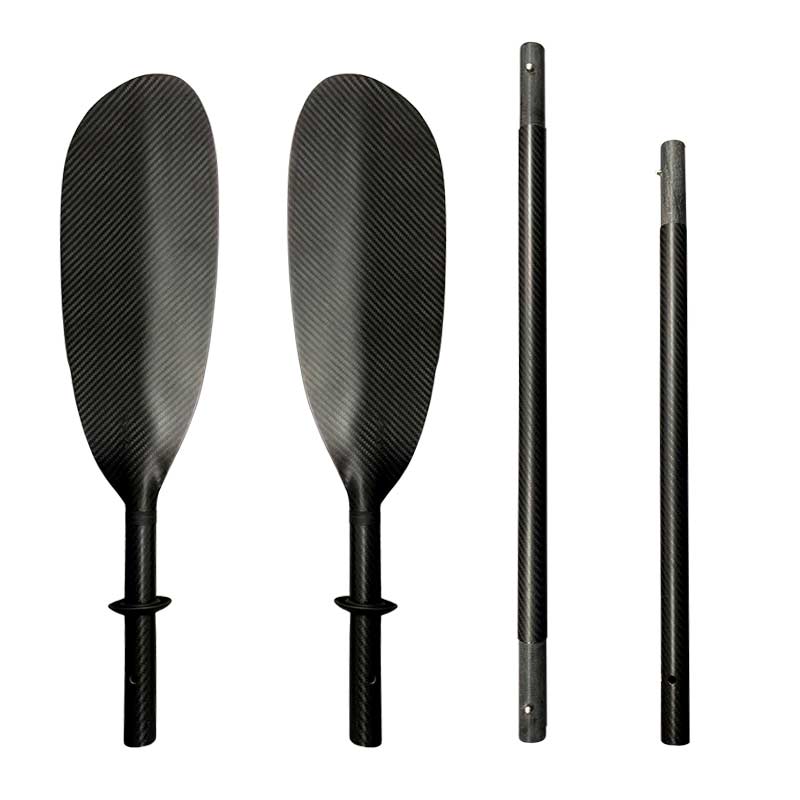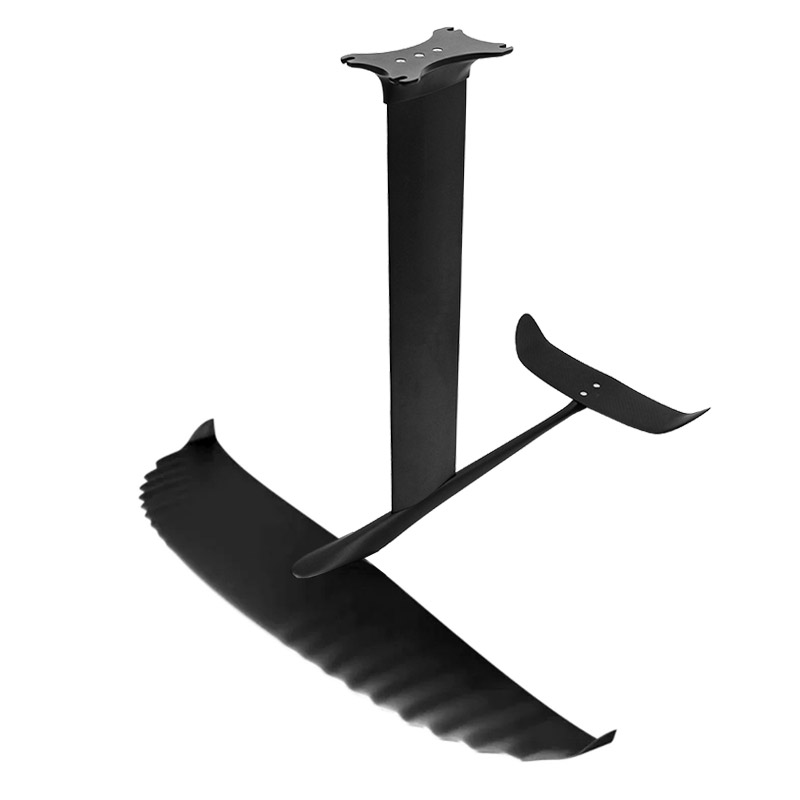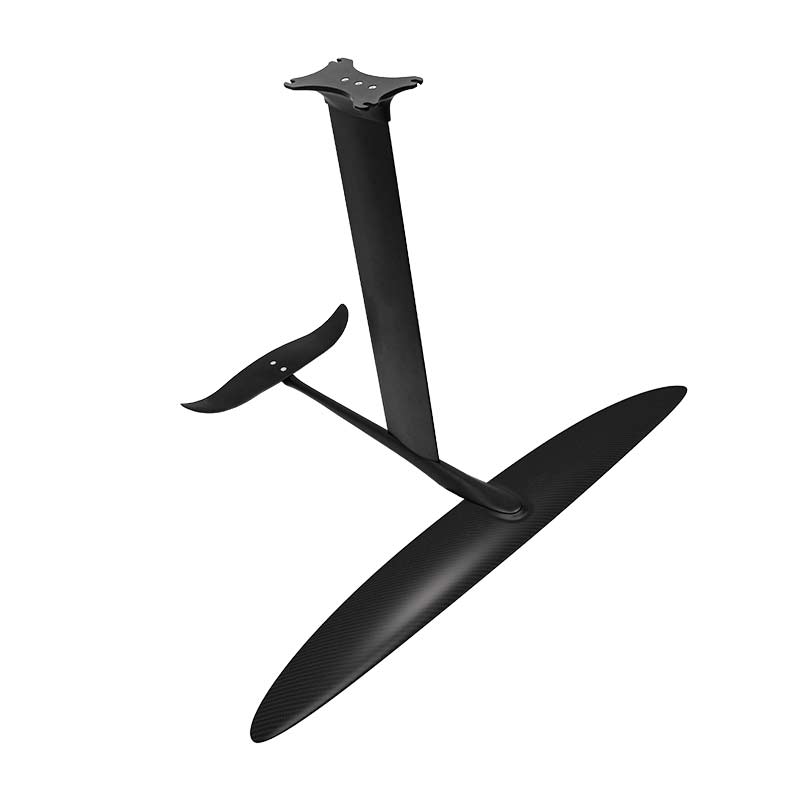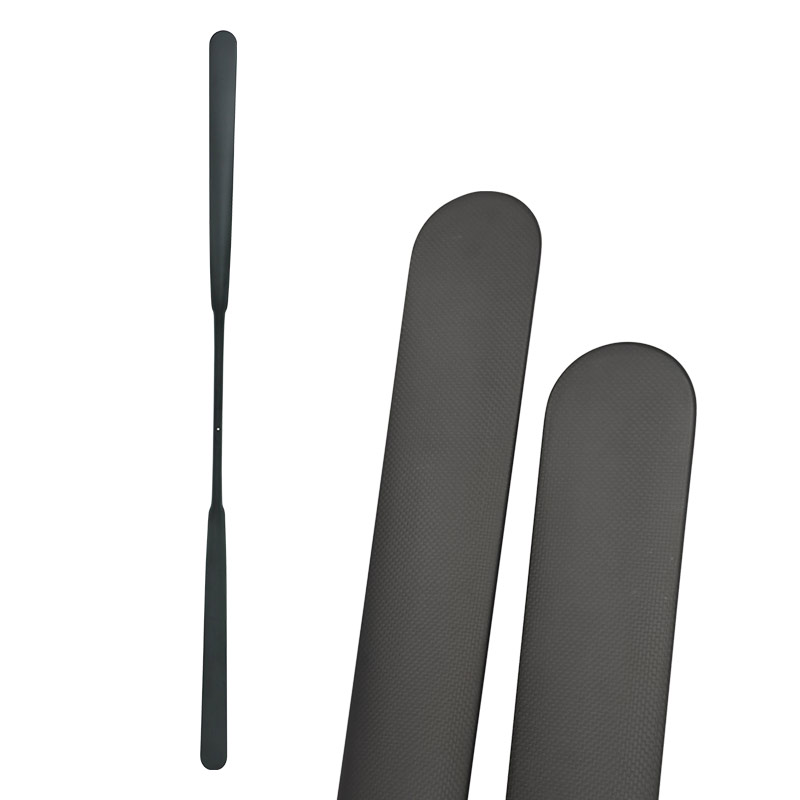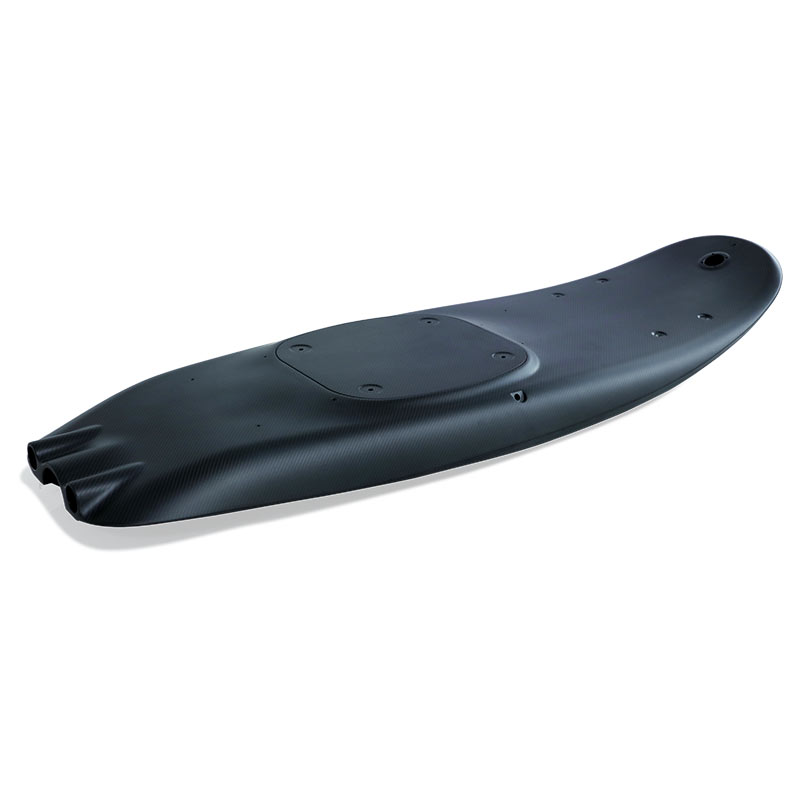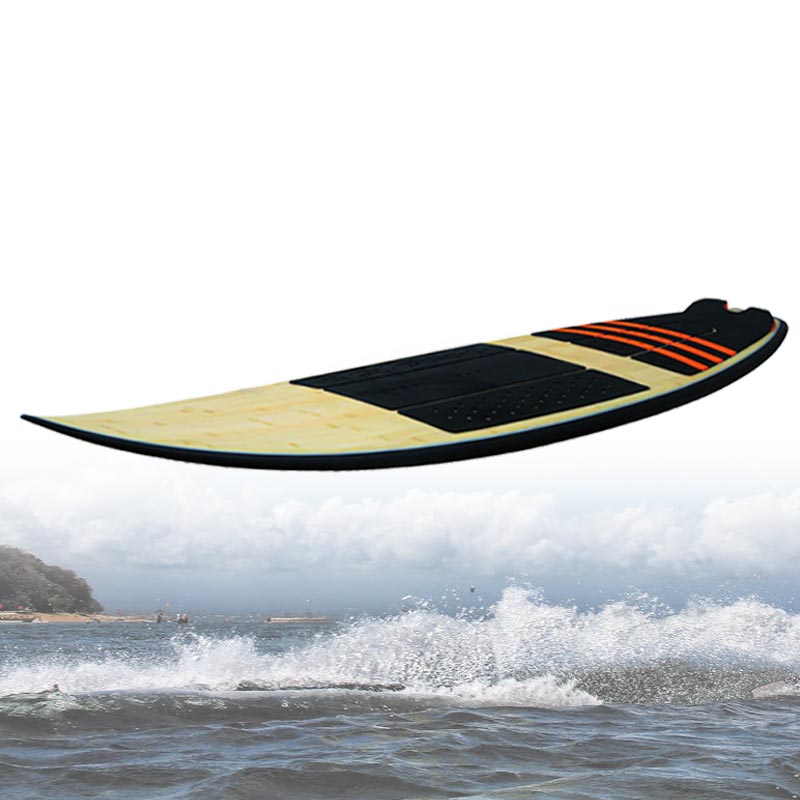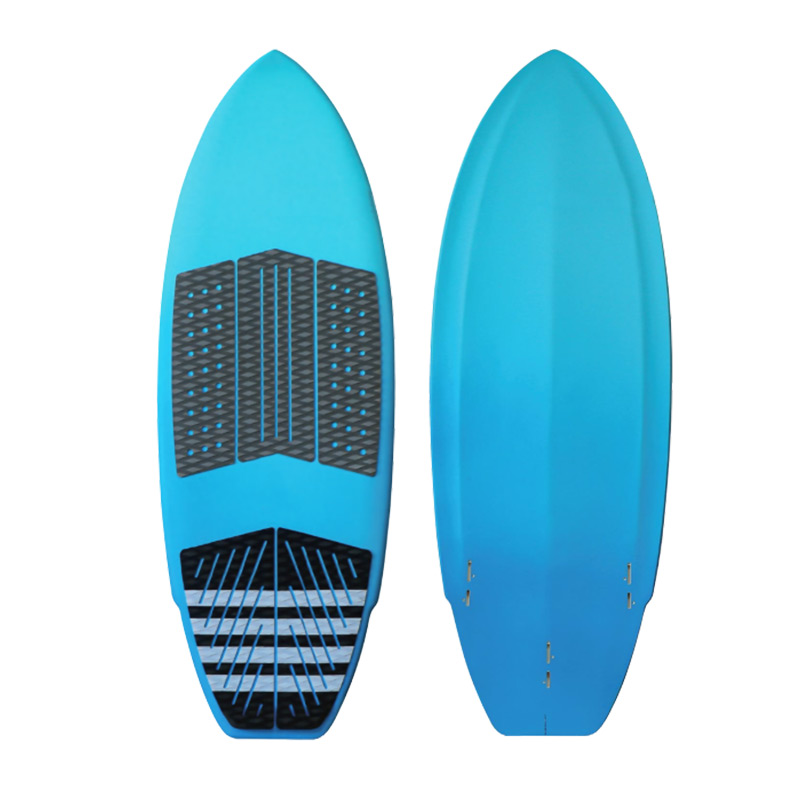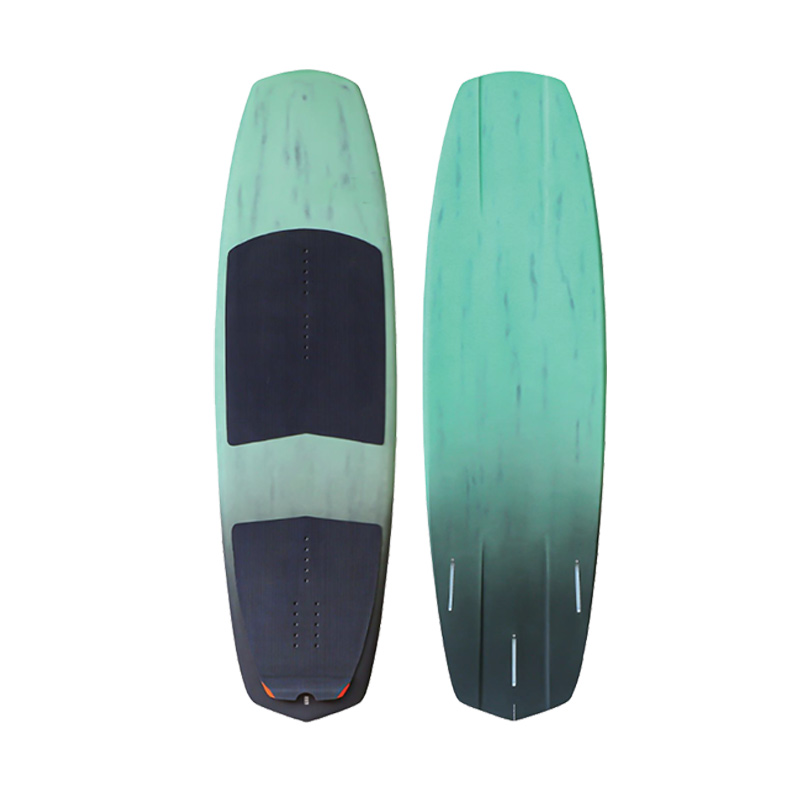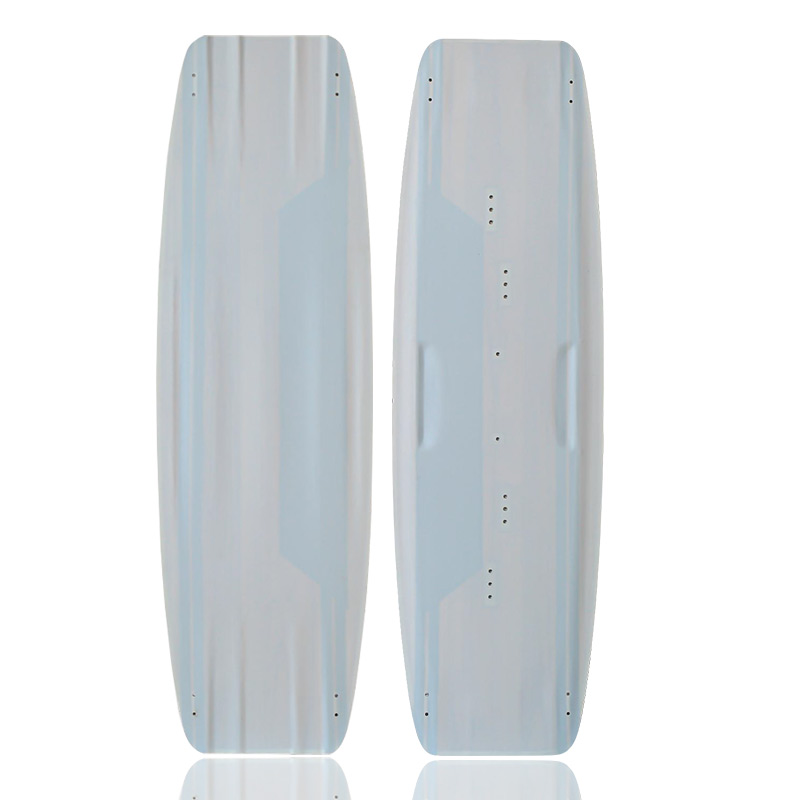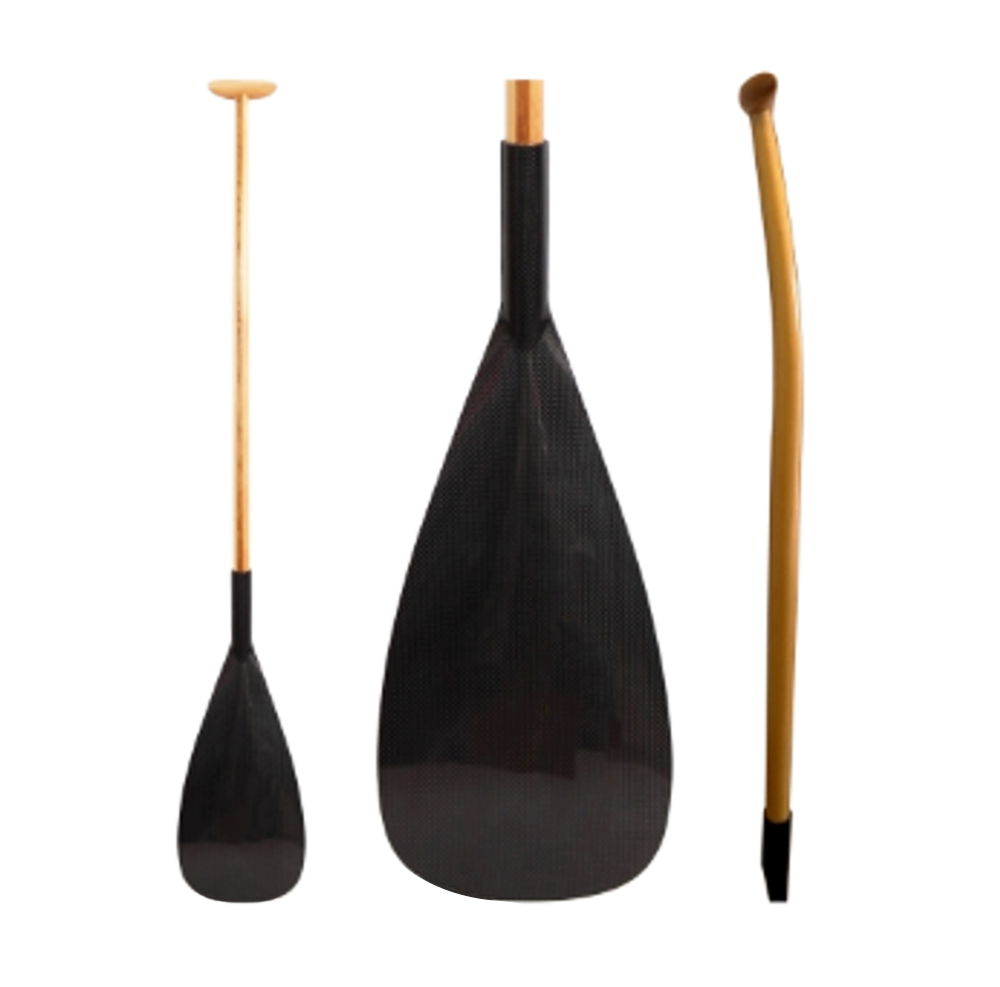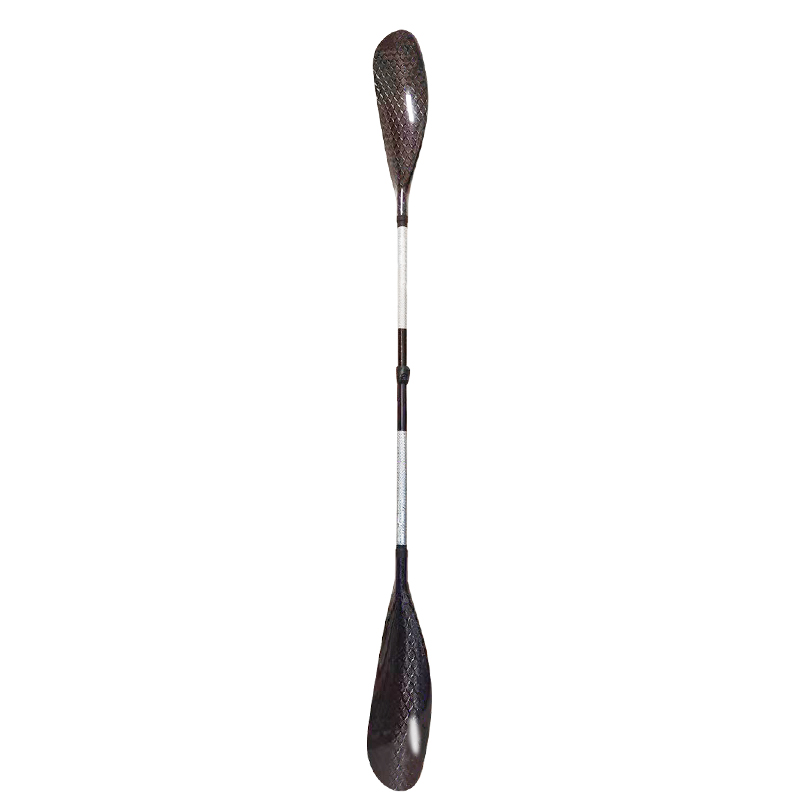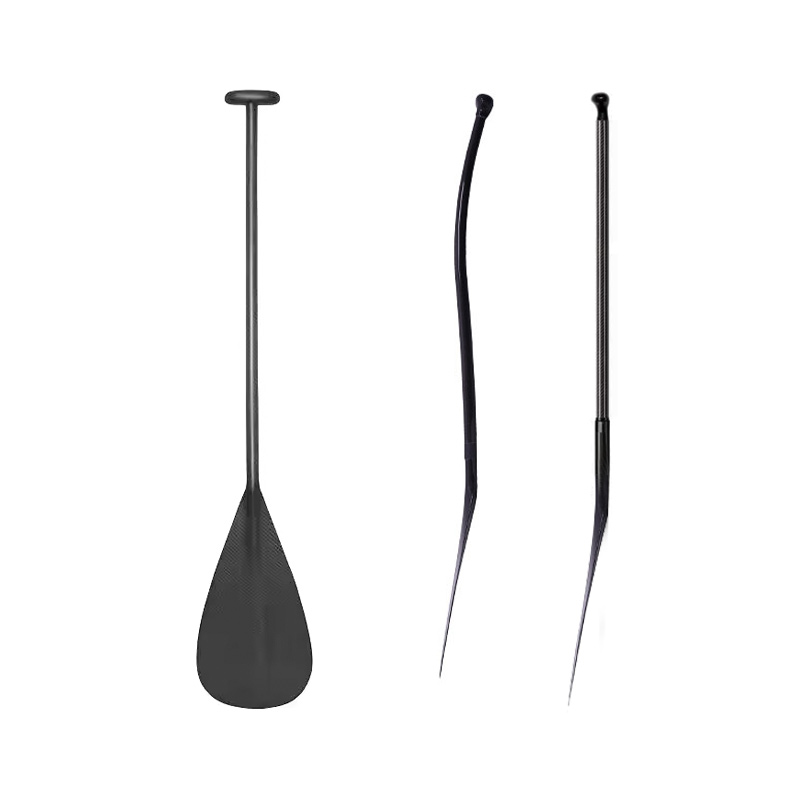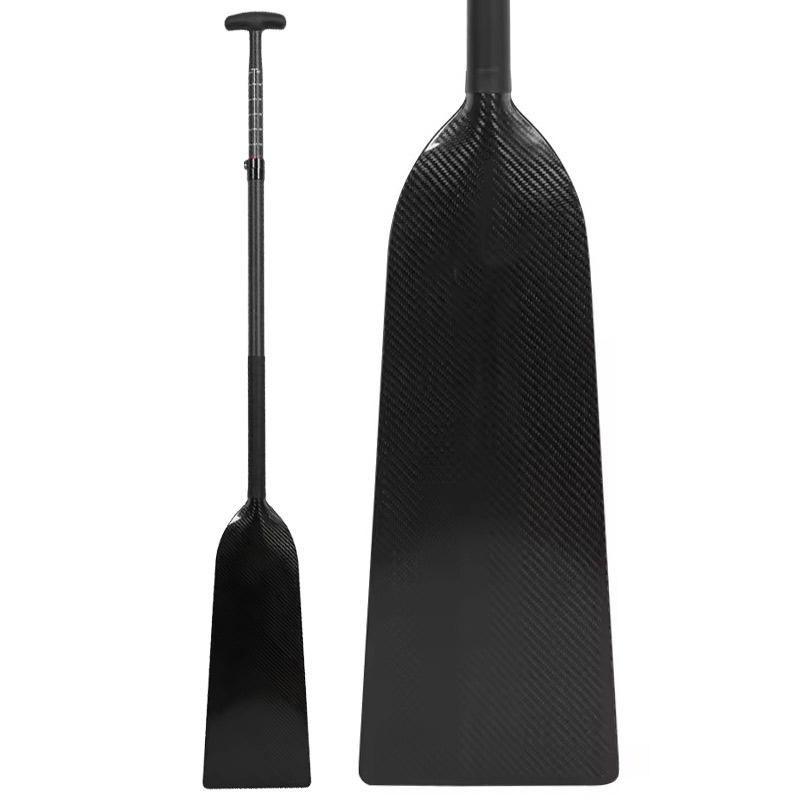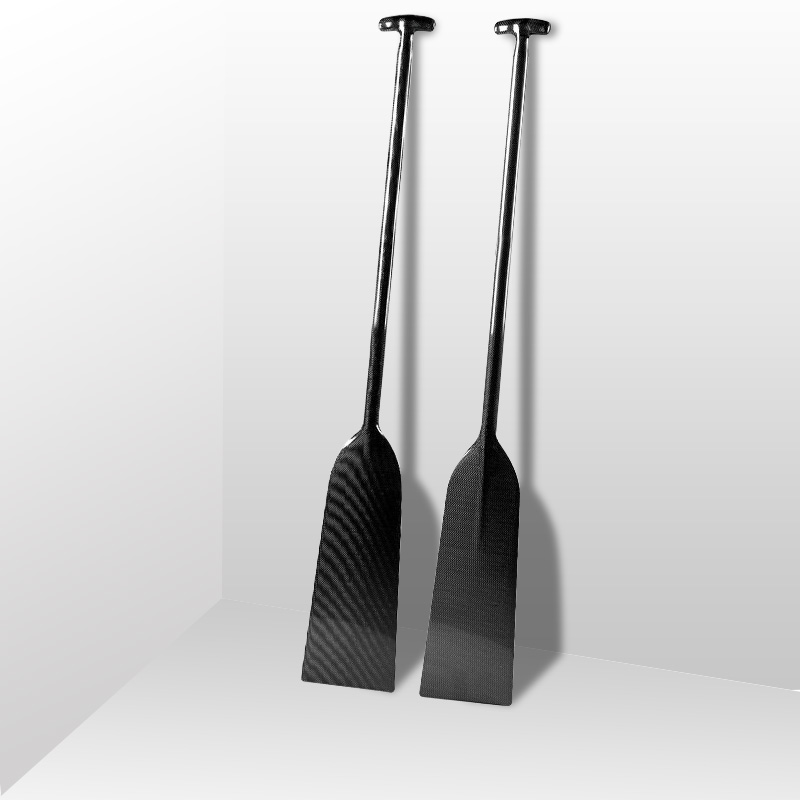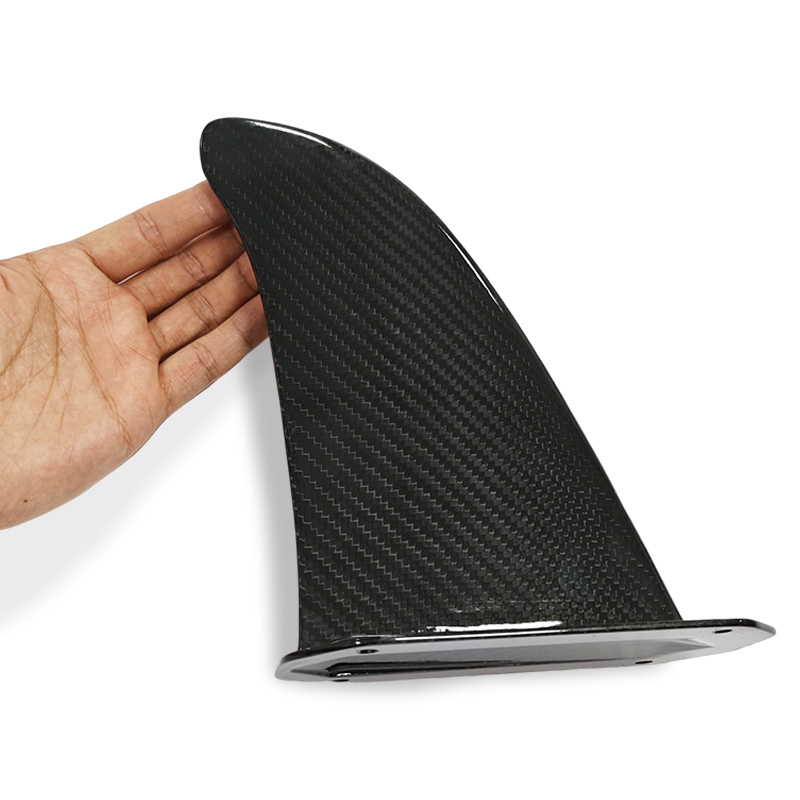Firstly, if you want to know the kayak polo rule, you should know what kayak polo (also known as canoe polo) is, is a dynamic and fast-paced team water sport that blends elements from water polo, basketball, and kayaking. Played on a flat water surface—such as a swimming pool, lake, or calm river—this sport challenges athletes to maneuver specially designed kayaks with speed and precision while competing to score goals in elevated nets.
The game emphasizes teamwork, strategic passing, quick decision-making, and physical endurance. Like in water polo, players aim to score by throwing a ball into the opposing team’s goal. From basketball, kayak polo borrows concepts like set plays, rapid transitions, and coordinated team formations. Meanwhile, the kayaking aspect demands advanced paddle handling, balance, and boat control skills.
Kayak polo is both a physically demanding and highly tactical sport that requires players to constantly switch between offense and defense, often within seconds. It is governed internationally by the International Canoe Federation (ICF), which oversees official rules, tournaments, and global competitions. Popular in countries across Europe, Oceania, and Asia, kayak polo continues to grow in visibility and participation worldwide.
Now, this article will help you explain the kayak polo rules, and we hope it will be helpful to you to understand them.
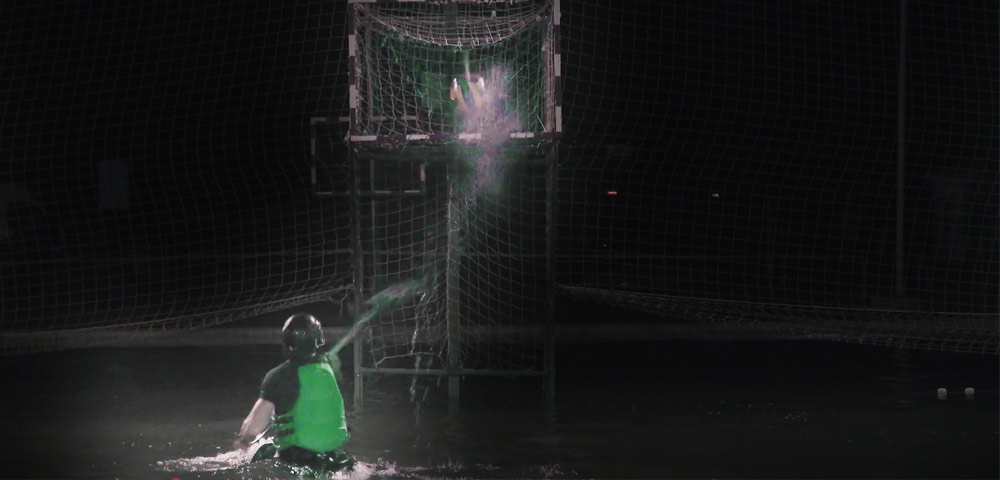
Teams and Equipment
Before diving into the specifics of team composition and roles, it’s important to understand the specialized equipment that players rely on in kayak polo. The sport requires both agility and coordination, and the boats, paddles, and ball all play crucial roles in ensuring that players can perform at their best. With the equipment in place, the structure of each team is designed to maximize both individual skills and collective strategy. Here is the explanation of the teams and equipment for kayak polo rules.
Team Size:
Each team consists of five active players on the water during play. In addition, teams are allowed up to three substitutes, who can rotate in and out of the game during stoppages or via rolling substitutions through a designated substitution area. Players typically specialize in roles such as attacker, defender, and goalkeeper, although all players must be versatile and able to transition between offense and defense quickly.
Boats:
Players use specially designed kayak polo boats, which are up to 3 meters long and built to be highly maneuverable and lightweight. The design allows players to accelerate, turn, and roll quickly—skills essential for the fast-paced nature of the game. The boats also feature protective bumpers at the bow and stern to reduce impact during contact with other kayaks.
Paddle & Ball:
Each player uses a double-bladed paddle made of lightweight and durable material such as carbon fiber. The paddle serves multiple functions: propelling the kayak, passing or shooting the ball, and legally blocking opponents’ shots or passes. The ball used is a water polo ball, which comes in different sizes depending on the gender and age group of the players. Players may handle the ball with their hands or paddle, and quick hand-passes and paddle flicks are a common part of the gameplay.、
If you want to customize a carbon fiber kayak polo paddle, please contact us to get a quote.
Goal:
The goal is suspended 2 meters above the water surface, held in place by a frame attached to the pool wall or anchored over open water. It measures 1.5 meters wide and 1 meter high. The elevated goal adds a vertical challenge to the game, as players must aim accurately while maintaining balance in their kayaks. The goalkeeper typically defends the goal by positioning their kayak underneath and using their paddle to block incoming shots.
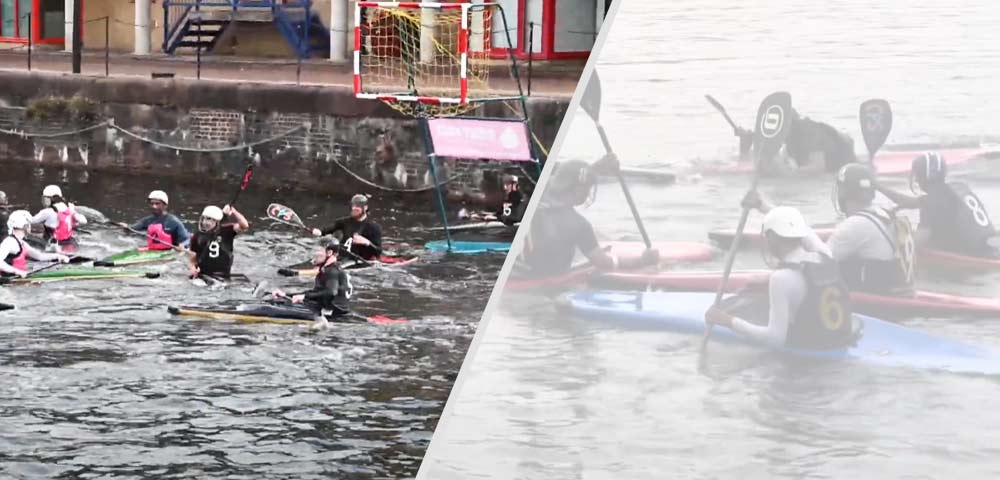
Playing Area
Size:
A standard kayak polo playing area measures approximately 35 meters in length and 23 meters in width. The field can be set up in either a swimming pool or on a flat-water surface such as a lake, calm river, or specially designated water arena. The area is clearly marked with floating boundary lines, and in open water, buoy lines or floating lane markers are used to define the limits of play. At each end of the field is a goal area, and a 6-meter goalkeeper zone is designated in front of the goal for defensive positioning.
Game Length:
A typical match consists of two halves of 10 minutes of actual playing time, with a half-time interval of around 3 minutes (which may vary depending on the level of competition). The clock is stopped for goals, fouls, time-outs, and substitutions, ensuring that each half includes 10 minutes of active play. In the event of a tie in a knockout or final match, overtime or golden goal rules may apply, where play continues until one team scores. Teams must manage both time and energy strategically, as the pace of the game is physically demanding and non-stop.
Scoring
A goal is scored when the entire ball passes completely through the opponent’s goal frame, which is suspended 2 meters above the water surface. Players may score by throwing the ball with their hand or by using a controlled flick or deflection with the paddle. Accuracy, timing, and teamwork are key, as defenders and goalkeepers constantly attempt to block or intercept shots.
Only one point is awarded per goal, and there are no additional points for style or distance. There are no designated goal zones, meaning players can attempt to score from anywhere on the field as long as it’s within the boundaries and not in violation of any rules (e.g., illegal contact or shooting from an offside position).
The goalkeeper plays a critical role in preventing goals by positioning their kayak directly under the goal and using their paddle to block incoming shots. Defensive coordination and quick reactions are essential to limiting scoring opportunities.
At the end of the match, the team with the most goals is declared the winner. In the case of a tie during elimination or final rounds, the game may proceed to overtime or a golden goal period, where the first team to score wins. Some formats may also include a penalty shootout if no winner emerges after extra time.
Gameplay Rules
The most important of the kayak polo rules is how to play. Now, here is the explanation of gameplay rules for your reference.
Basic Ball Handling:
Canoe polo players are allowed to paddle while holding the ball, but they must pass, shoot, or bounce the ball within five seconds. This rule encourages continuous play and prevents players from stalling. The ball can be held in one hand, thrown, passed to a teammate, or flicked with the paddle. Dribbling by tapping the ball on the water is also permitted to extend control.
Use of the Paddle:
The paddle is a multi-functional tool in kayak polo. Players can use it to pass the ball, intercept passes, block shots, and even perform quick flicks to shoot. However, paddles must be used carefully—it is strictly forbidden to strike or make contact with another player’s body or head. Reckless or dangerous paddle use is penalized.
Legal Contact:
While kayak polo is a contact sport, the contact is strictly regulated. Players may use their kayak to push or block an opponent’s kayak to gain strategic advantage, such as removing a defender from the goal area or clearing space. However, physical contact using hands, arms, or the paddle against another player or their equipment is not allowed and can result in a foul.
Goalkeeper Privileges:
Only the player defending the goal—designated as the goalkeeper—is allowed to use their paddle vertically to block shots within the 6-meter goal area. This zone is a semi-circular area in front of the goal, and other players are not permitted to raise their paddle in this area to block shots unless they are the defending keeper. The goalkeeper typically stays under the goal with the kayak positioned perpendicular to the goal frame, ready to move or jump to block attempts.
Other Key Gameplay Elements:
-
The game begins with a sprint start: both teams line up at their goal lines, and the ball is placed at the center. On the whistle, players race to gain possession.
-
Possession changes occur after goals, fouls, or out-of-bounds plays, with a free throw or restart awarded to the appropriate team.
-
Tactical plays, such as screening, fast breaks, and set formations, are commonly used to break through defenses and create scoring opportunities.
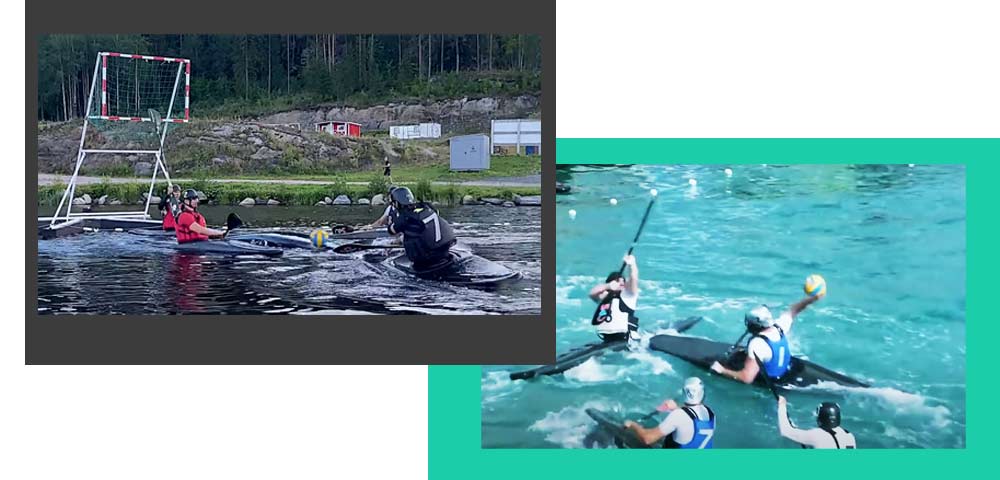
Fouls and Penalties
To maintain a safe and fair playing environment, kayak polo enforces a strict set of rules regarding contact and conduct. Fouls are called for any actions that violate these rules, and penalties are issued based on the severity and intent of the offense.
Common Fouls Include:
-
Illegal Contact: This includes using hands, arms, or paddles to push, grab, or strike an opponent or their kayak.
-
Holding: Preventing a player from moving freely by holding their kayak, paddle, or body, either directly or indirectly.
-
Dangerous Paddle Use: Swinging, stabbing, or raising the paddle in a way that endangers another player, particularly near the head or neck.
-
Unsportsmanlike Conduct: Any behavior considered disrespectful, aggressive, or outside the spirit of the game, such as arguing with referees, taunting opponents, or intentionally delaying play.
Penalties for Fouls:
-
Free Throws:
For minor or non-reckless fouls, the opposing team is awarded a free throw from the spot of the foul. The fouling team must give at least one meter of space during the throw. -
Card System (Disciplinary Actions):
-
Green Card: A formal warning issued for minor infractions. The player remains in the game, but repeated offenses may escalate to harsher penalties.
-
Yellow Card: Indicates a temporary suspension—the player must leave the field for 2 minutes, and their team plays short-handed during that time.
-
Red Card: A serious penalty resulting in immediate ejection from the match. The team must continue with one less player for the remainder of the game, and further disciplinary action may follow depending on the tournament rules.
-
-
Advantage Rule:
If the fouled team is in a strong attacking position or retains clear control of the kayak polo ball, referees may choose to apply the advantage rule—allowing play to continue rather than stopping it for a free throw. If no advantage materializes, the referee may call the foul retroactively.
Additional Notes:
-
Fouls are judged by referees, typically positioned on both sides of the field or pool.
-
Repeated fouls or aggressive play can result in escalating card penalties, even within the same game.
-
Teams must be aware of game discipline, as playing with fewer players puts them at a significant tactical disadvantage.
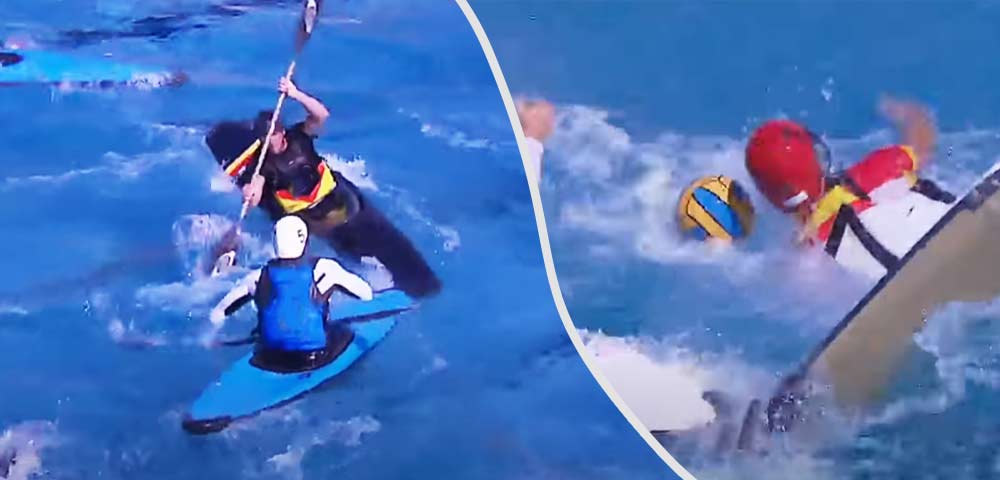
Canoe Kayak Polo Rules Conclusion
In conclusion, kayak polo is a thrilling, fast-paced sport that combines the intensity of water polo with the skill and agility of kayaking, requiring players to master both physical endurance and tactical thinking. With its specialized equipment, structured team roles, and dynamic rules, the game offers an exciting challenge for athletes, whether they’re playing for fun or competing at a high level. Understanding the rules—ranging from the specific equipment used to the gameplay mechanics, scoring, and penalties—helps both players and fans appreciate the strategic depth and skill involved in every match.
Whether you’re just getting started or looking to refine your understanding of the sport, knowing the ins and outs of kayak polo rules will enhance your experience and enjoyment of this unique and exhilarating team sport.

